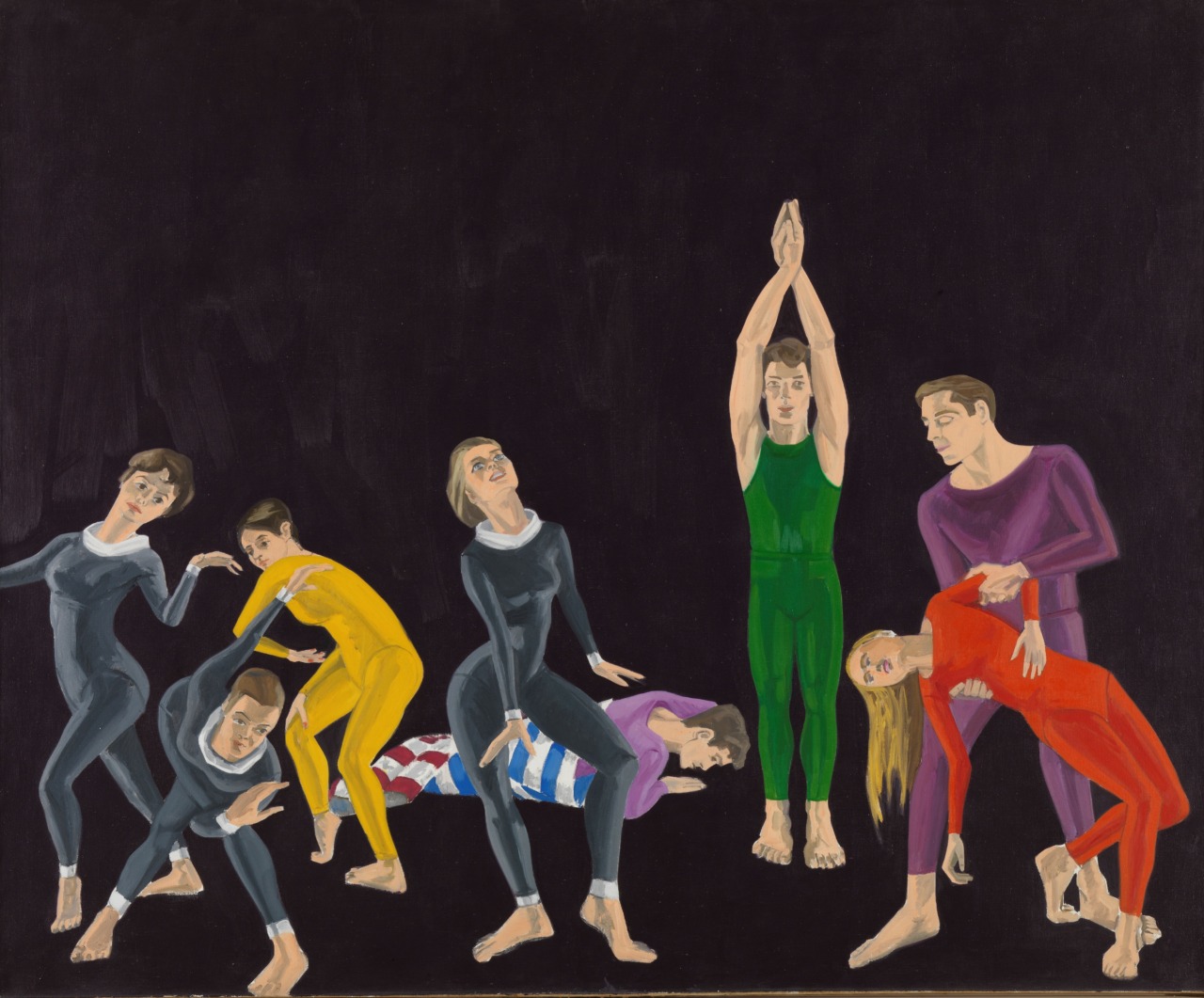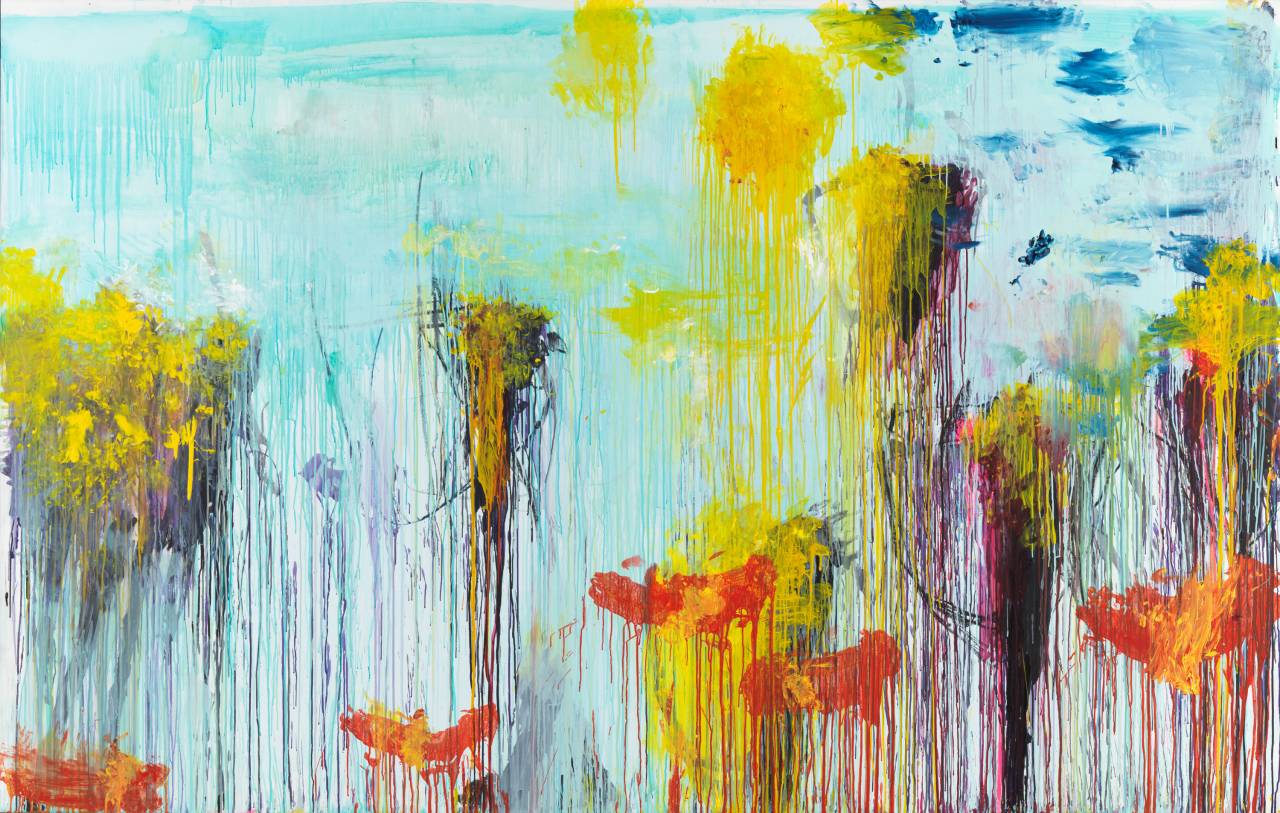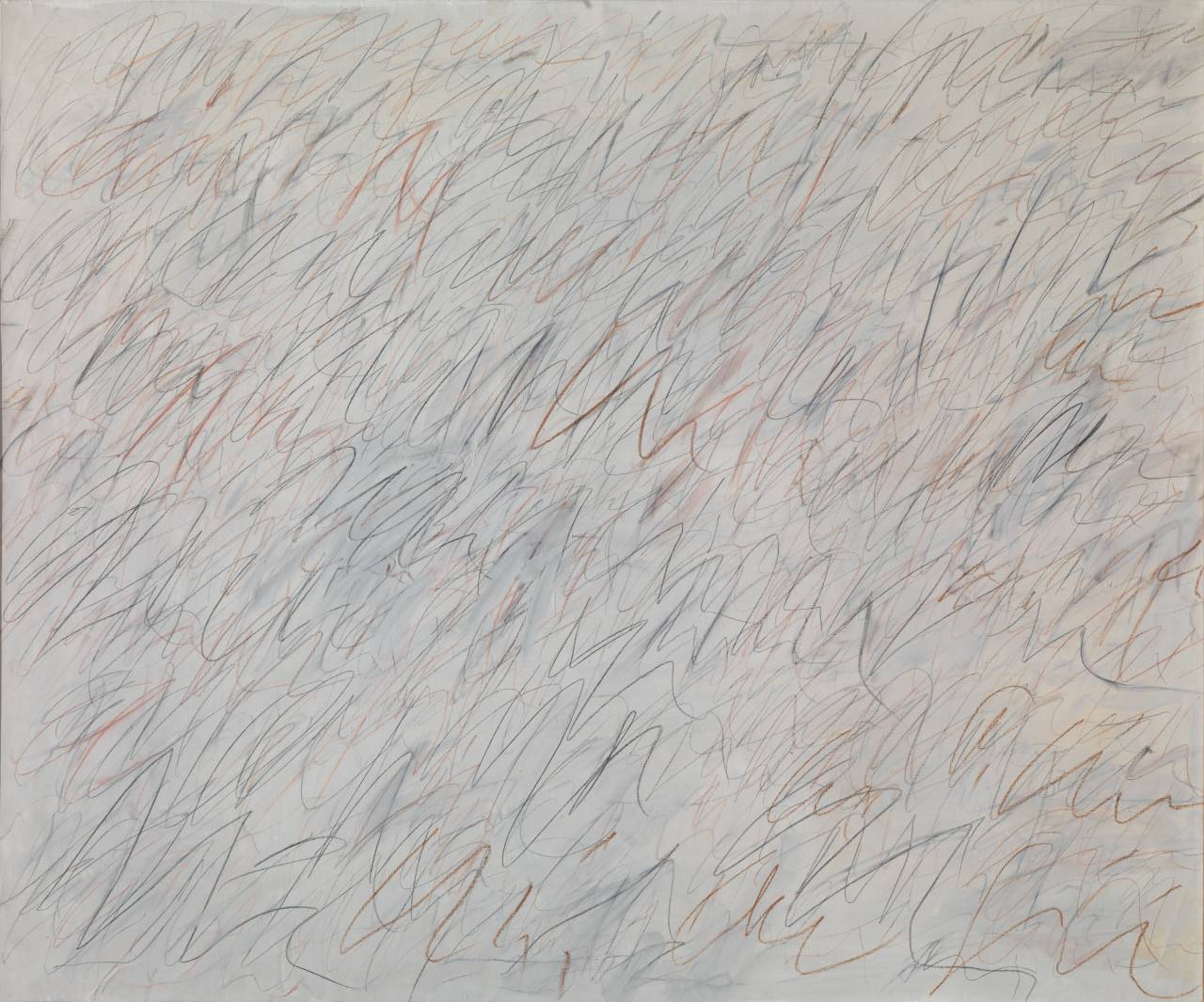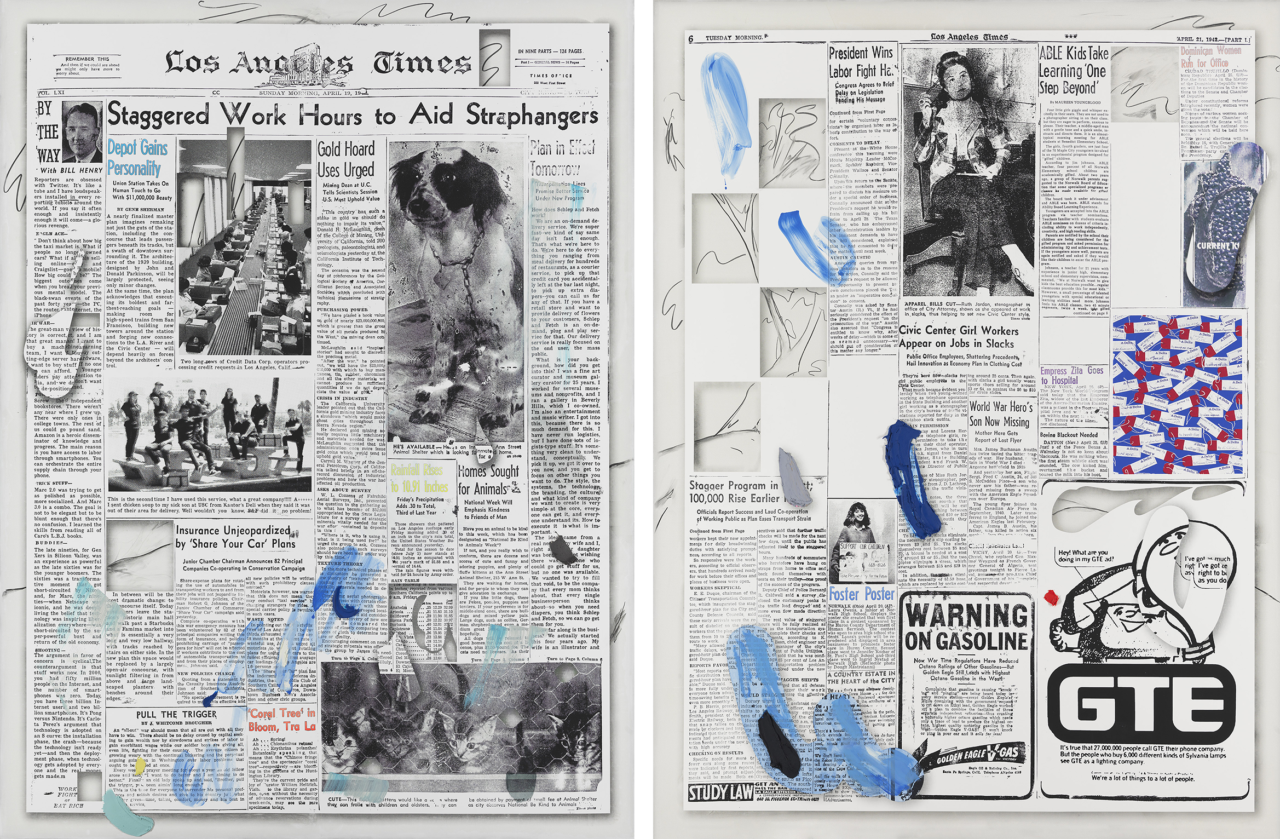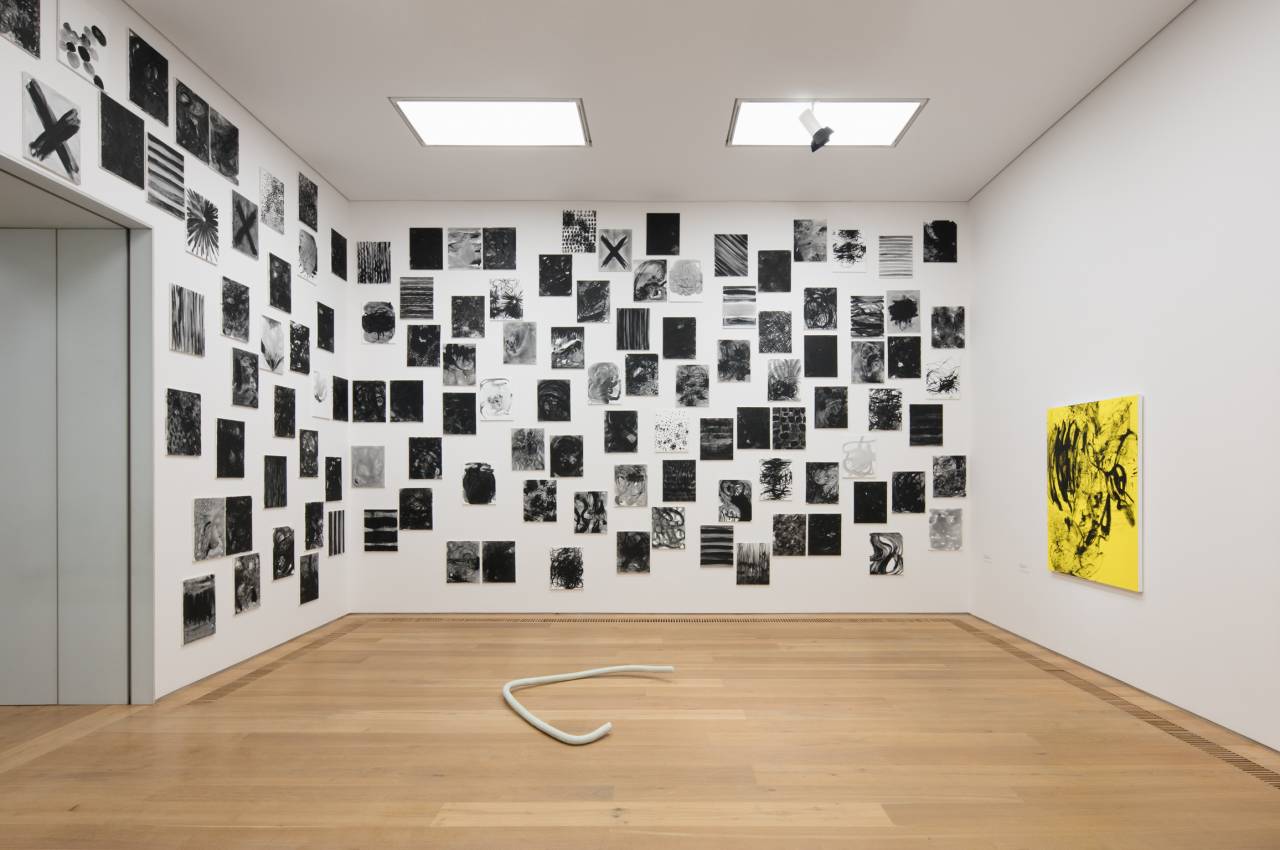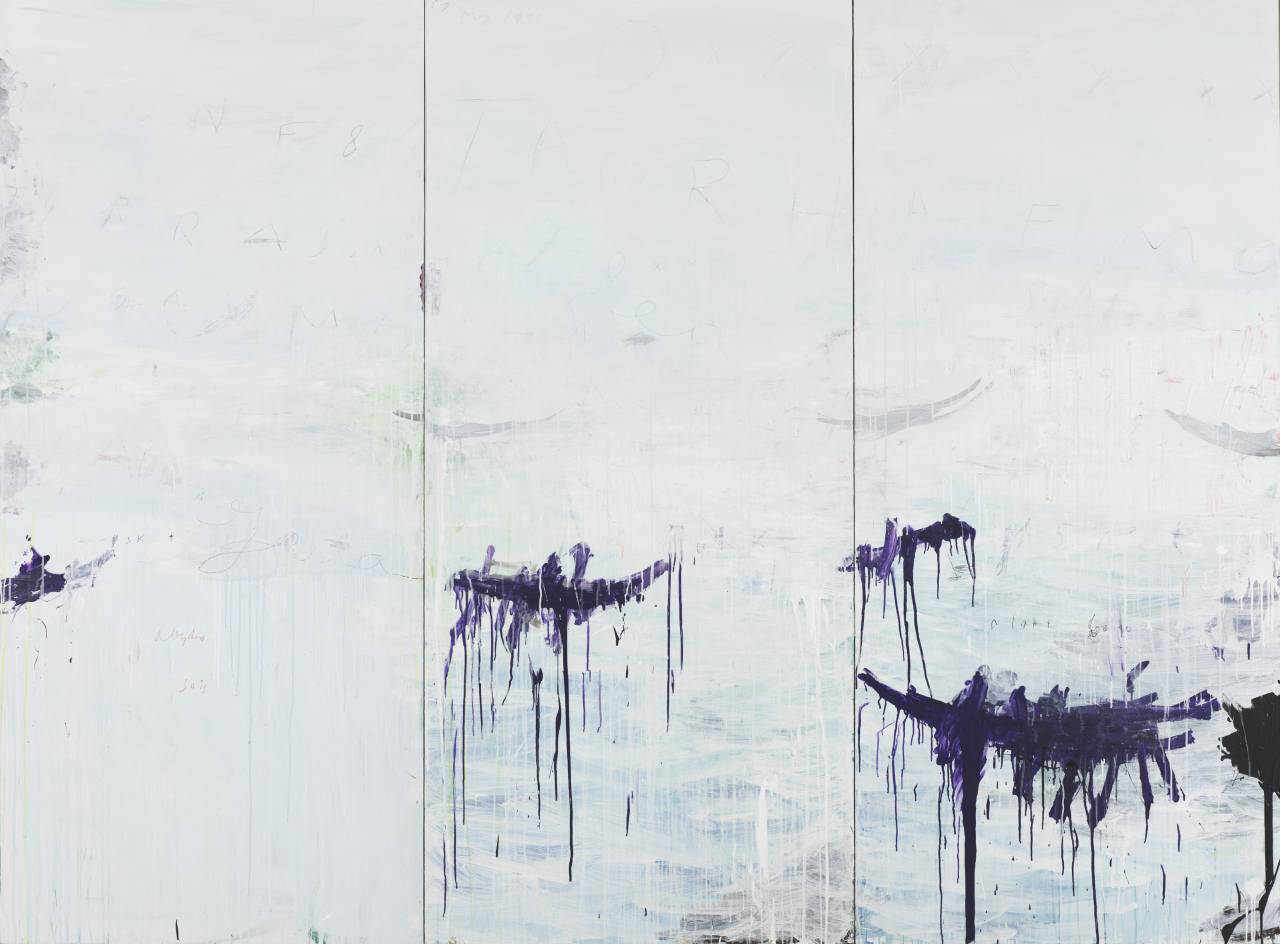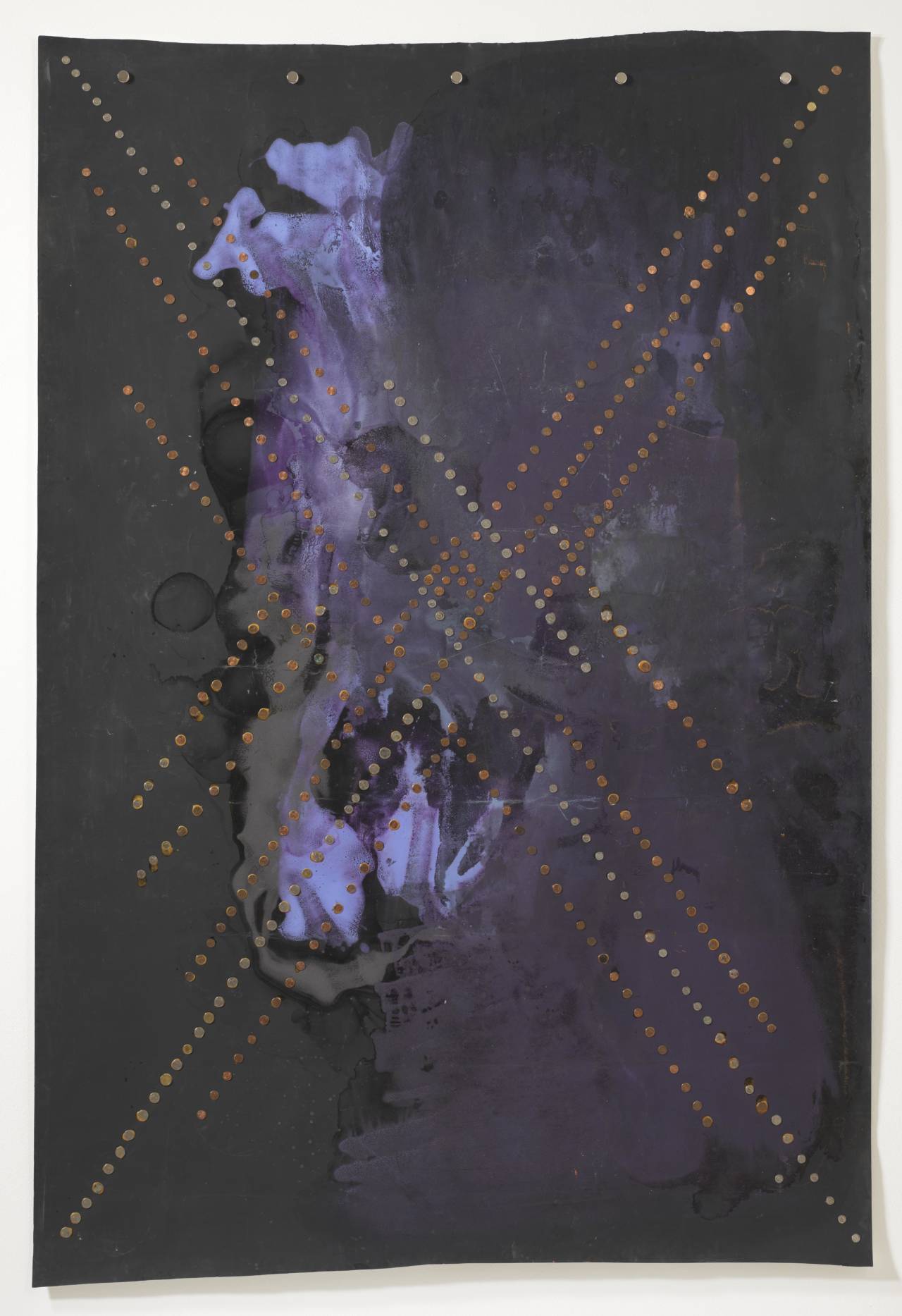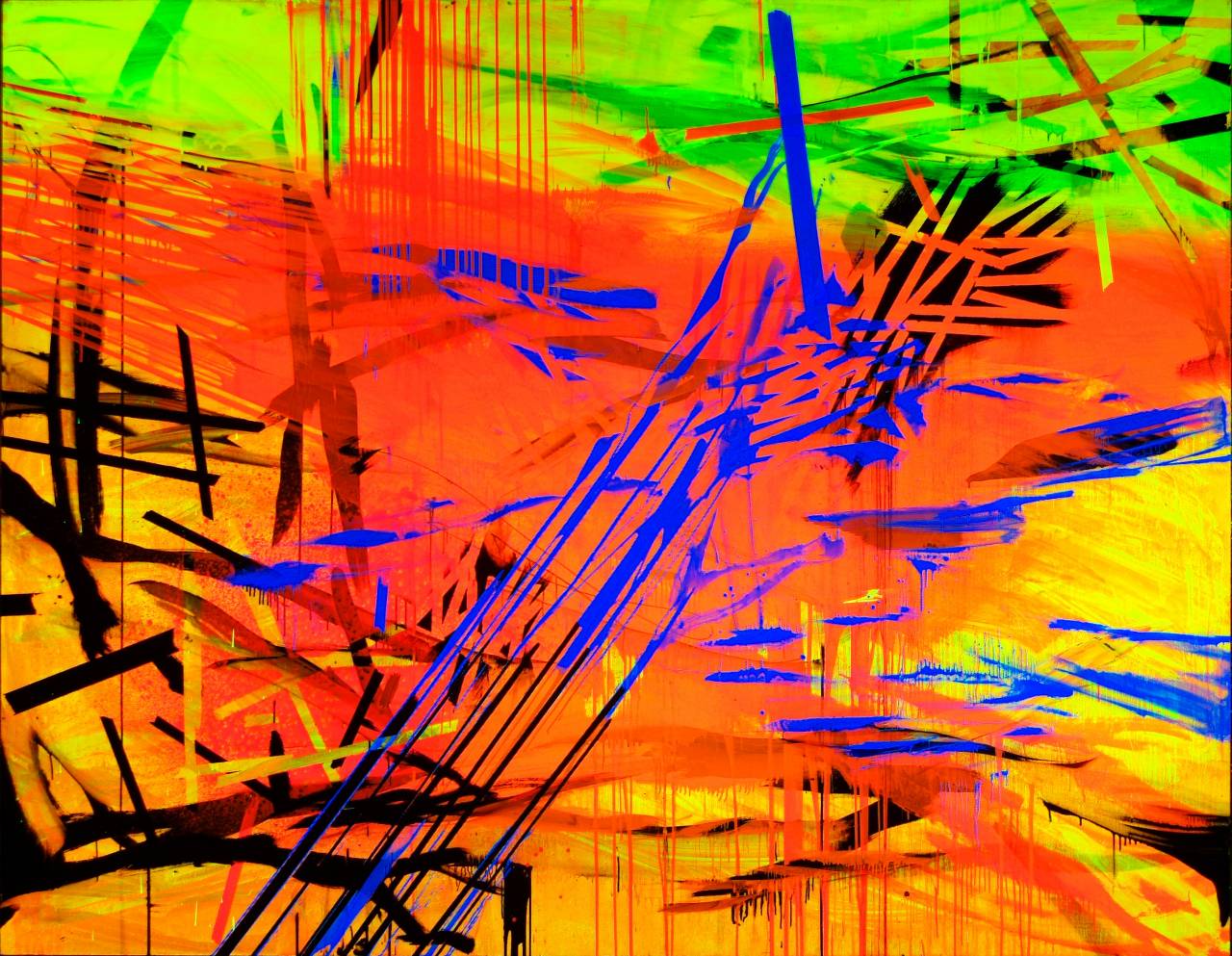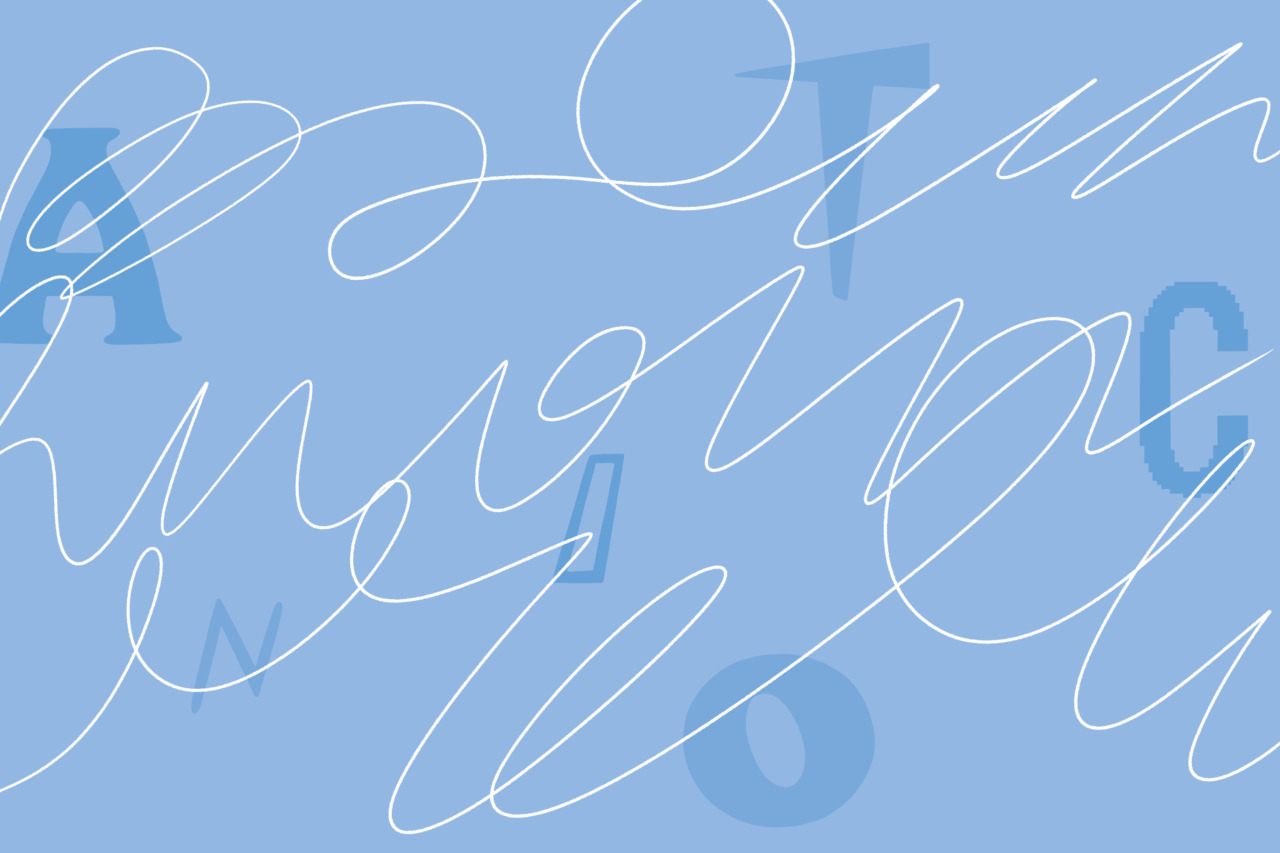Abstraction
Just colors, shapes and scribbles, or what’s it really all about? Many artists work abstractly and refrain from using recognizable motifs and figures, or else alienate and simplify them. The word abstract means something like “detachment.” But what potential can be unleashed through abstraction? What meanings can colors and forms assume? What moods and feelings arise?

Fantasies, dreams, reality. How would you represent them?
How to represent human states, feelings and thoughts is an eternal question that we deal with from a very young age, while painting as children. Using artistic means, we can express what is happening around us and what leaves traces within us. Sometimes we prefer to let colors, lines and the resulting forms speak, rather than words and images of people and objects. How do artists use such means?
Is that a boat or just a splash of color?
Do you look for clues to motifs or figures in paintings? What happens if you don’t find any? Is there always an idea behind a curved line or a thick application of paint that has something to do with objects? Might lines and surfaces also combine to form energies that may have emerged from the artist’s own forcefield? If a blob also evokes a cloud, an umbrella, or a puddle, is it less real than that cloud in a photograph? Or does a cloud perhaps have qualities other than those we can see and document with the naked eye?
What do materials, structures and surfaces tell us?
For example: the motif of artworks can also be the material they are made of. Whether oil or neon paints, plaster, coins or fabric, they are the actual protagonists of the work. Each material already has a long history, its own unique structure and surface. In unfamiliar combinations, they can take on completely new meanings. Do you think that forms and contents can influence each other and have some kind of relationship? US artist Jacqueline Humphries paints with fluorescent colors that are only visible under black light, and asks whether this might not give rise to serious abstract painting.
What does detachment mean to you?
Abstraction means something like “detachment,” for example from objects, rules, stories and much more. Can you describe the process based on a work of art that has stuck in your mind? To be able to approach images, we follow the painted layers. Is a scribbled x or a printed brushstroke simply what it is? Or can it stand for something else and appear in very different forms?
How do the traces left by our hands differ from those of machines?
Digital devices have long since crept into art as tools. Of particular interest is the combination that brings together the artist’s handwriting and the traces of digital devices on a picture medium. How do the traces of our hands differ from those of machines—what are their respective qualities? Do you regard brushstrokes composed of digitally generated image pixels, or shapes created by a 3D printer, as a stimulating deception or as a disappointment?

